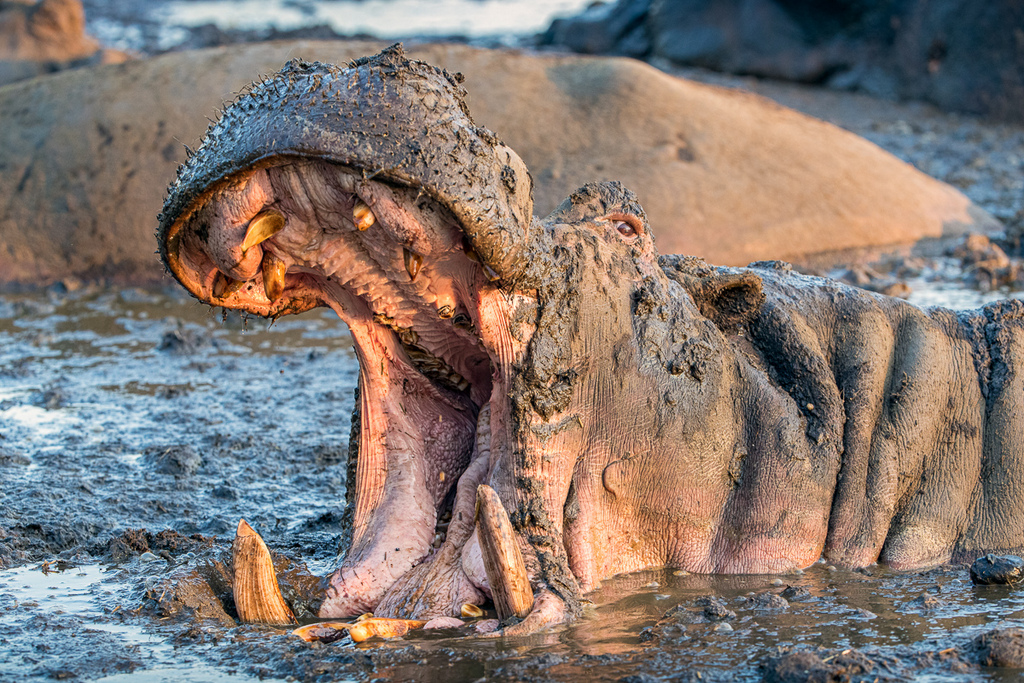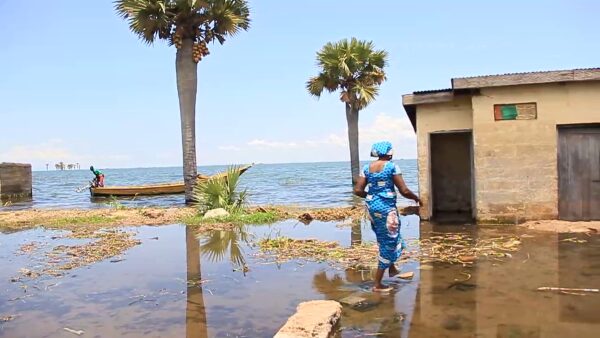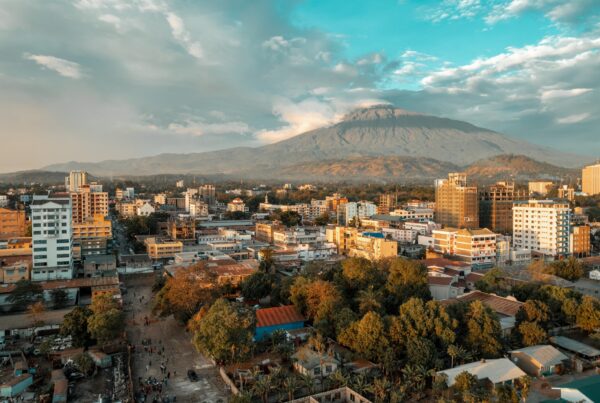Introduction to the Hippos in Katavi National Park
Deep in the remote western reaches of Tanzania lies Katavi National Park—a place largely untouched by mass tourism.
But within its untouched wilderness, one creature dominates both the landscape and the drama of survival: the hippopotamus.
In Katavi, hippos are not just present—they are a force of nature.
Known for harboring some of the largest congregations of hippos in Africa, Katavi provides a rare glimpse into the raw, untamed behavior of these semi-aquatic giants.
When dry season shrinks the rivers and wallows into muddy puddles, thousands of hippos are squeezed together, igniting spectacles of dominance, bellowing contests, and violent battles.
This article dives into the lives of these incredible creatures and their unique relationship with one of Tanzania’s least-explored parks.
Table of Contents
1. The Habitat: Katavi’s Natural Arena
Katavi National Park spans over 4,400 square kilometers of miombo woodlands, seasonal rivers, floodplains, and swamps.
Central to this ecosystem are the Katuma River, Lake Katavi, and Lake Chada, which serve as critical water sources for the region’s wildlife—especially hippos.
During the wet season, these water bodies expand, allowing hippos to spread across the park in dispersed pods. However, in the dry season (May–October),
water recedes dramatically. As lakes shrink and rivers dry into shallow pools, hundreds of hippos converge into constricted mudholes, often lying stacked
against each other in extraordinary densities.
2. Massive Populations and Congregation Behavior
Katavi is believed to harbor one of the densest hippo populations in Africa, with counts reaching upwards of 4,000 individuals during the dry season.
In some wallows, it’s not uncommon to see over 200 hippos packed into a single muddy pool.
This unique spectacle makes Katavi famous among documentary filmmakers and wildlife enthusiasts alike. The congregations aren’t merely a display of abundance;
they become a microcosm of complex social behaviors—from nurturing calves to brutal territorial disputes.
3. Dry Season Drama: Aggression and Survival
As space and water diminish, tensions rise. Dominant males defend their patches of wallow with ferocity and relentless aggression.
Fights erupt frequently—characterized by open-mouthed displays, head-ramming, and vicious biting. The soundscape of grunts, bellows, and splashes echoes across the plains.
These conflicts can leave participants with deep wounds and tusk-inflicted scars, and fatalities are not uncommon.
Calves and weaker adults are at constant risk of injury or displacement, often forced to the fringes of wallows where dehydration and predation threats increase.
This seasonal violence is not cruelty—it’s a survival mechanism deeply embedded in hippo social structure. Only the strongest males maintain
mating privileges and control over prime territory.
4. Ecological Role and Coexistence with Other Species
Despite their fierce behavior, hippos play an essential ecological role. Their dung helps fertilize the aquatic ecosystem, nourishing fish populations and algae.
Moreover, as hippos wallow and move through channels, they shape the hydrology of rivers and wetlands, creating pathways that benefit many other species.
Birds like egrets and oxpeckers often accompany them, feeding on parasites and insects. In times of extreme heat, crocodiles are sometimes seen sharing pools with hippos—an uneasy yet necessary coexistence driven by drought.
5. What Visitors Can Expect (Hippos in Katavi National Park)
Katavi remains one of the most remote and least-visited parks in Tanzania. This seclusion offers a safari experience like no other—raw, intimate, and truly wild.
During the dry season, hippo sightings are virtually guaranteed, with game drives along the Katuma River and Chada floodplain offering dramatic scenes of crowded pools and boisterous behavior.
Unlike in more touristic parks, visitors here may have entire herds of hippos to themselves—accompanied by thousands of buffalo, elephants, and lion prides.
Wildlife here behaves more naturally, unbothered by frequent human presence.
For photographers, conservationists, or anyone seeking a deeper connection to Africa’s wild heart, watching hippos in Katavi is nothing short of unforgettable.
Hippos in Katavi National Park #Hippos in Katavi National Park Hippos in Katavi National Park





 WildHorn Africa – Authentic and unforgettable tours across Africa, guided by local experts who know the land, wildlife, and culture best.
WildHorn Africa – Authentic and unforgettable tours across Africa, guided by local experts who know the land, wildlife, and culture best.


